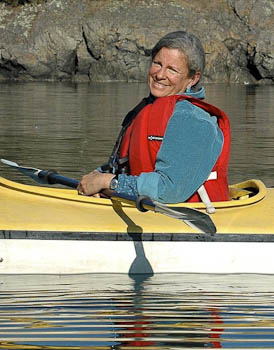
Audrey Benedict
Founder and Director
Audrey Benedict is the Founder and Director of Cloud Ridge Naturalists and Cloud Ridge Publishing. Her passion for geology and biology inspired a 45-year love affair with high mountains and the global ocean realm that has taken her from the Arctic to the Antarctic, as well as up and down the North and South American Cordillera. Audrey is the author of several books, including The Naturalist’s Guide to the Southern Rockies: Southern Wyoming, Colorado, and Northern New Mexico and Valley of the Dunes: Great Sand Dunes National Park and Preserve, the latter a collaborative effort with photographers Wendy Shattil and the late Bob Rozinski. Her most recent book, with coauthor Joe Gaydos, is The Salish Sea: Jewel of the Pacific Northwest, a Nautilus Gold Award-winning conservation book designed, produced and financially supported by Cloud Ridge’s publishing team and private donations. Audrey serves on the Board of Directors for the SeaDoc Society. She divides her time between her Colorado mountain home near the Indian Peaks Wilderness Area and her tiny off-grid retreat on Frost Island in Washington’s San Juan Islands.
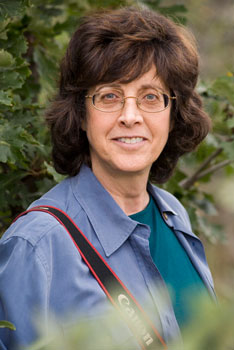
Wendy Shattil
Professional Nature Photographer, Project and Image Director for Cloud Ridge Publishing
Wendy Shattil is a rare species indeed—a full time professional nature photographer. She and her late husband and partner, Bob Rozinski, worked individually and as a team for more than 30 years until Bob’s death in 2016. They are known world-wide for their award-winning images and for the breadth of their work as environmental photographers of endangered species and at-risk ecosystems throughout North America. Fellows of the International League of Conservation Photographers, Bob and Wendy produced twelve books together, and their images have appeared in National Wildlife, Audubon, Nature Conservancy, BBC Wildlife, Nature’s Best, National Geographic, and many other publications. Wendy serves as the Project and Image Director for Cloud Ridge Publishing and brings her expertise and critical eye to everything we do. Dedicated to developing new ways of illustrating key conservation issues, Wendy is a superb teacher and generous in sharing her expertise. To see more of their joint photographic work, visit her website: www.dancingpelican.com
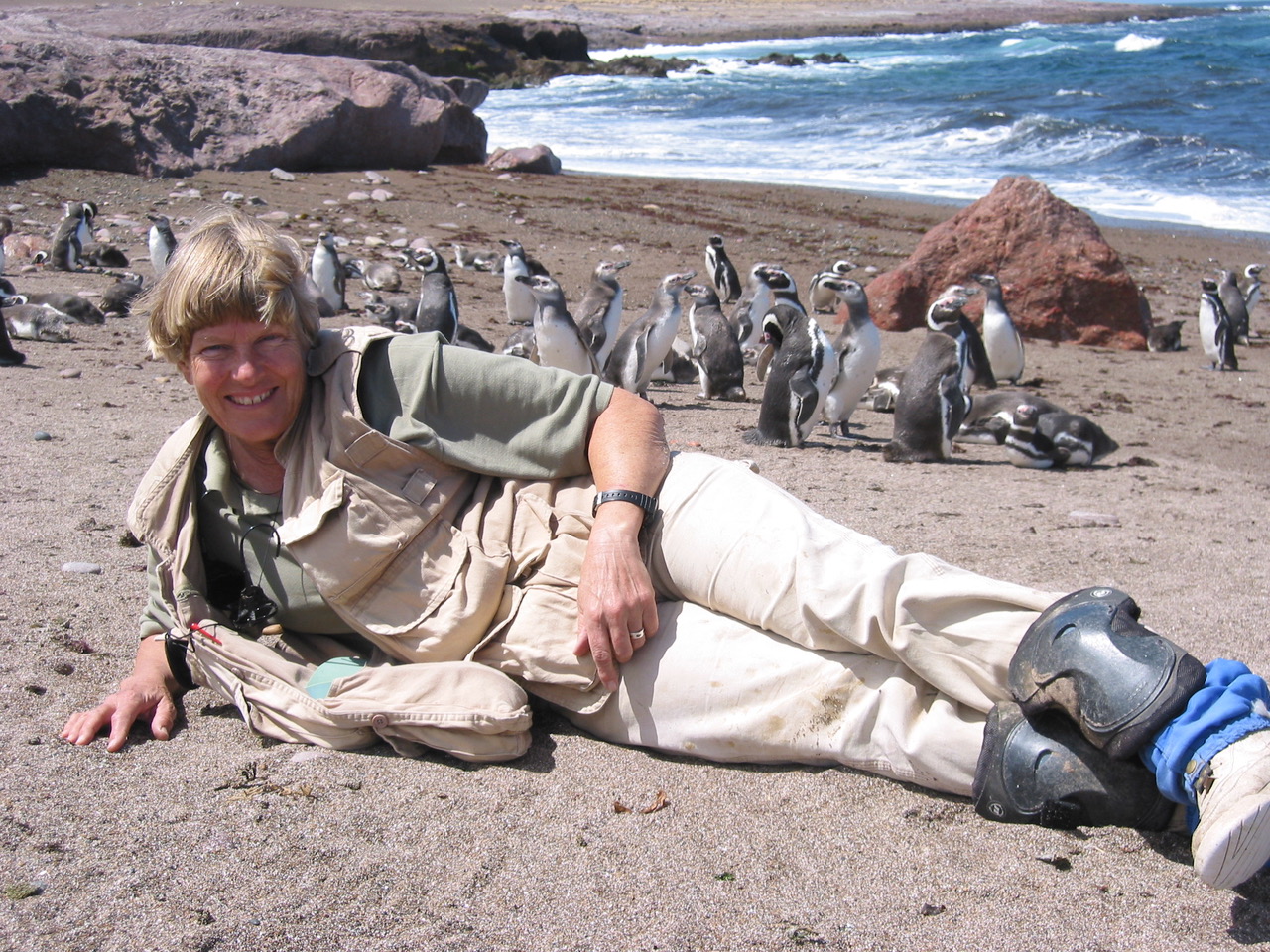
Dr. Dee Boersma
Dr. Dee Boersma’s long and distinguished career at the University of Washington began in 1974, when she joined the faculty of the Institute for Environmental Studies and Zoology. Fieldwork has always been her passion, whether it was researching Fork-tailed storm-petrels in Alaska, Magellanic penguins in Argentina, satellite-tracking the foraging behaviors of penguins in the Falkland Islands, or her 45 years of work on Galápagos penguins in the Galápagos Islands. In the early 1980’s, Dee began work at Punta Tombo, in Argentinean Patagonia, where the world’s largest colony of Magellanic penguins (over 200,000 pairs!) comes ashore to breed. Her research ultimately helped prevent the harvest of these penguins for high fashion golf gloves, shifted established oil tanker lanes farther offshore to prevent penguins from swimming through petroleum, and informed legislation for Marine Protected areas in the Province of Chubut. As Dee readily admits, she loves her work in penguin colonies because they are noisy, bustling with activity, and usually far from the nearest city! She has received research funding from the Wildlife Conservation Society, the Global Penguin Society, a Heinz Award, Pew and Kellogg fellowships, and a loyal following of donors. Her publications include many peer-reviewed scientific papers and two landmark books, “Invasive Species of the Pacific Northwest” and “Penguins: Natural History and Conservation.” As Director of the Center for Ecosystem Sentinels and holder of the Wadsworth Endowed Chair in Conservation Science, Dee continues her efforts to ensure that natural history and conservation strategies inform science and policy.
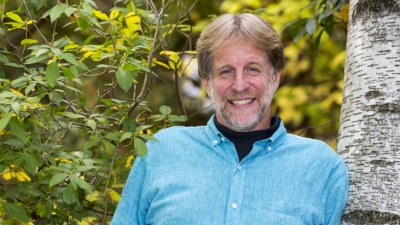
Dr. Al Werner
Dr. Al Werner teaches geology at Mount Holyoke College and did his Ph. D. research on Svalbard. He’s also worked extensively in Alaska and in the Canadian Arctic starting in 1978. His research focuses on climate change during and since the last Ice Age and he specializes in interpreting glacier activity and climate change from sediment cores recovered from lakes. For the past fourteen years, he’s been a guest lecturer at the University Center in Svalbard and he’s co-directed the Svalbard REU program – an NSF sponsored field program directed at undergraduate student research. He is a popular instructor, and in 2013 he was the recipient of the Faculty Award for Teaching . Al is an expert in climate change, glaciers and glacial geology and his love of the Arctic is contagious.
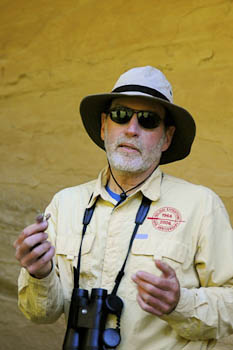
Dr. Geoff Hammerson
Lead Biologist
Dr. Geoff Hammerson lives in Port Townsend, Washington and recently retired after a multi- decade career as Senior Research Zoologist for NatureServe. Geoff is the lead biologist on Cloud Ridge’s naturalist team, and as helped guide our field discovery programs since the early 1980’s. He is the author of the field guide Amphibians and Reptiles in Colorado, as well as Connecticut Wildlife. This Pacific Northwest “convert” is currently at work, with co-author Audrey Benedict, on a book about the Pacific Flyway, which extends from Arctic North America to Tierra del Fuego. Geoff is an extraordinary observer of the natural world and is always adding new dimensions to his natural history expertise. He’s a popular instructor and teaches field courses in biology and ecology at Wesleyan University and other institutions.
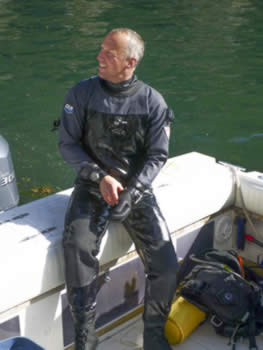
Dr. Joe Gaydos
Wildlife Veterinarian, Chief Scientist for the SeaDoc Society
Dr. Joe Gaydos lives on Orcas Island and is a wildlife veterinarian and Chief Scientist for the SeaDoc Society, a nonprofit science-based marine conservation program of the UC Davis Veterinary Medicine/Wildlife Health Center. Joe has focused SeaDoc’s research efforts on the ecosystem-level challenges facing the Salish Sea and has worked to improve management and policy decisions regarding the stewardship of those resources. He’s coauthor, with Audrey Benedict, of The Salish Sea: Jewel of the Pacific Northwest and is currently working on a children’s version. Joe has published extensively on marine wildlife health issues for such species as harbor seals, river otters, and killer whales. His profound passion for connecting people to the magic and vulnerability of the marine world is legendary!
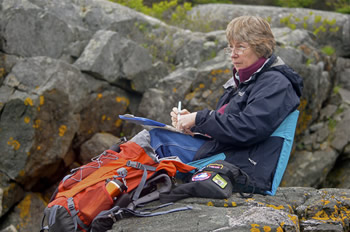
Marilyn Hailbronner
Marilyn Hailbronner’s drawings—rendered in pen and ink, scratchboard technique, and color wash—grace Cloud Ridge’s brochure and website. Her work as a naturalist artist is a reflection of her love for natural history and conservation. To see Marilyn’s artwork visit: www.wildinkwell.com
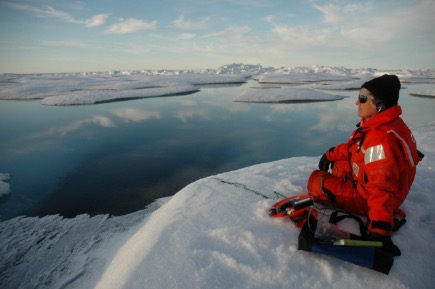
Dr. Sue Moore
Dr. Sue Moore is a senior scientist with the U.S. NOAA Fisheries Office of Science and Technology and an Affiliate Professor at the University of Washington, in Biology and the School of Aquatic & Fishery Sciences. She has 37 years of research experience focused on the ecology, bioacoustics, and natural history of whales and dolphins, with most of her work directed toward cetaceans in the Pacific Arctic region. Sue received a BA in Biology from the University of California, San Diego, a MS in Biology from San Diego State University, and a PhD in Biological Oceanography from Scripps Institution of Oceanography, with a dissertation entitled Cetacean Habitats in the Alaskan Arctic. Sue has served the Director of the NOAA National Marine Mammal Laboratory, as Chair of the Environmental Concerns Working Group of the International Whaling Commission (IWC) Scientific Committee and currently serves on various science advisory panels including the U. S. Marine Mammal Commission (MMC). Her work with the IWC and the MMC has included evaluation of the influence of oceanographic variability on humpback and right whales in the South Atlantic, especially waters offshore South Georgia and the Antarctic Peninsula.

